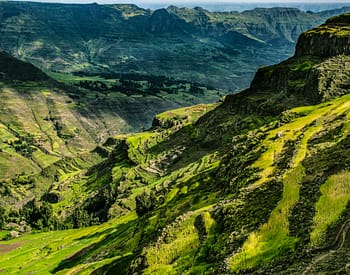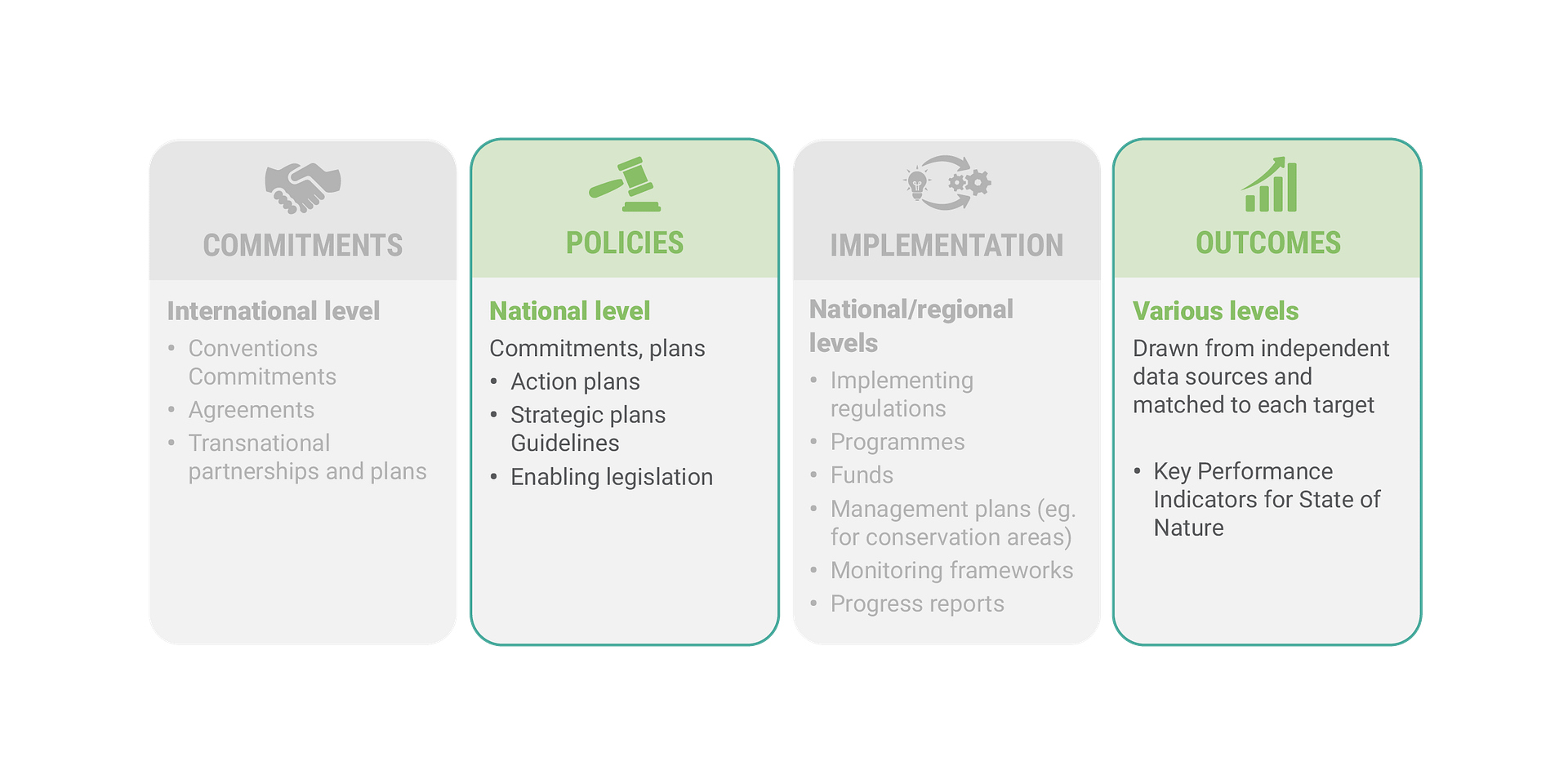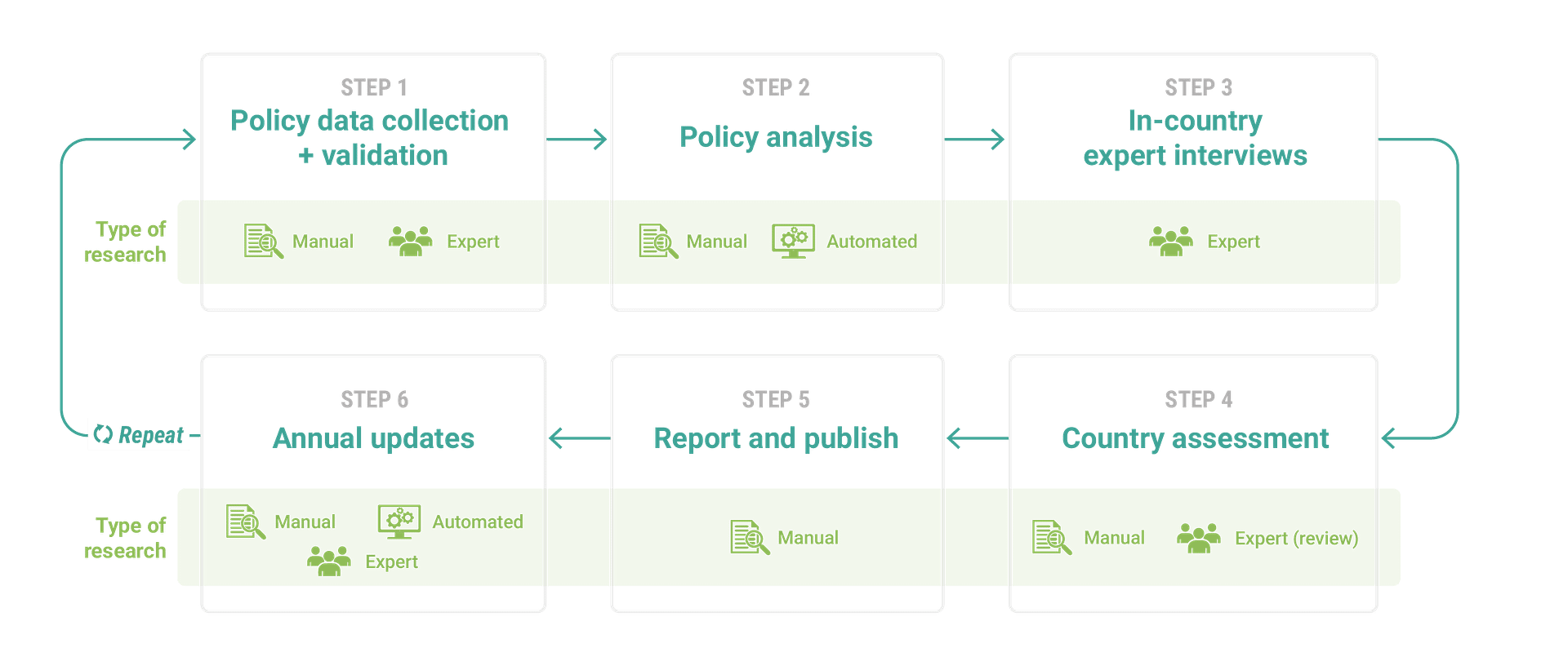Nature Action Tracker: monitoring actions and outcomes for nature
How can we track what actions countries are taking to restore nature? We helped WWF International to conceptualize an innovative policy tracking method.
Biodiversity and natural ecosystems are fast deteriorating, threatening food production, fresh water supply, and exacerbating the climate crisis. One million species are at risk of extinction. Wildlife populations have dropped by 69% since 1970. It’s time to change course.
This is why world leaders signed the Global Biodiversity Framework (GBF), an agreement to reverse nature loss and secure a nature-positive world by 2030. Could a more responsive and independent tracking of actions and outcomes for nature nationally encourage greater implementation of the Global Biodiversity Framework over the next decade?
WWF International asked Metabolic and Arboretica to conceptualize the methodology for such an innovative policy tracking method for monitoring actions countries are taking to protect and restore nature.
Together, we developed a proof of concept methodology to track policies aimed at achieving GBF targets. The result proved a high potential for scaling up and now requires further development before it can be implemented as a public-facing tracking tool. Read on for how we arrived at the six-step tracking methodology, pictured below.
- Partner: Arboretica
- Client: WWF International
- Date: September 2022

Develop a promising methodology for tracking nature policy at the national level
There is a need for a holistic and independent tracker that provides insights on countries’ actions for nature and progress towards the global goal of reversing nature loss by 2030. Understanding progress towards global nature targets promotes countries’ accountability, transparency of actions, and encourages ambition. In this project, Metabolic and Arboretica developed a Proof of Concept (PoC) of the Nature Action Tracker (NAT), which should become a tool to provide such insights using open source data (inspired by the Climate Action Tracker). The aim of this PoC was to explore on a small scale how to develop and implement a methodology for tracking national policy actions on nature and outcomes for nature, and to test how the concept can be scaled in the future.
Iterative process to combine computer science, political science and experts interviews
We used an iterative, combined manual and automated search approach to develop this PoC. Policy data scraped from the web by our partner Arboretica tracked the actions. Each policy was then manually validated and analyzed against policy-effectiveness criteria, based on the six selected action targets defined in the draft Post-2020 Global Biodiversity Framework (GBF). Outcomes were tracked by analyzing national-level open source trend data on two Key Performance Indicators (KPI) about the health of ecosystems and species: the Ocean Health Index and the Species Habitat Index. Full pilot analyses for three countries and policy data collection for seven more countries were done as an exercise to test the methodology.
Challenges and opportunities of nature action tracking
This Proof of Concept delivered a promising methodology and key insights to steer the further development of the Nature Action Tracker. The PoC also highlighted the great challenge of tracking global nature action, especially the information gaps between public published policies and effective implementation. The final report included the pilot analysis and detailed methodological recommendations to overcome highlighted challenges as well as options for WWF to refine and implement the tracker at scale into a public-facing tool. Please note we are unable to disclose the report, but WWF International will take our methodology to explore launching the tracker in the future.
- Post-2020 Global Biodiversity Framework (to be negotiated at COP15)
- Climate Action Tracker




“What we wanted to do was take the science that everyone’s seen, and then look at the case studies that we know are happening on the ground. So this isn’t a debate about definitions. This isn’t a debate about whether we like the word nature-based solutions or natural climate solutions. It’s a debate about what’s actually happening, and it is happening on different levels. It’s about driving quality at scale and speeding it up because we’ve got until 2030. We need to do this right the first time. We haven’t got a chance to go back and do this twice.”
-James Lloyd, director of the Nature4Climate coalition
Director
ANY QUESTIONS?
For more information about this project, please get in touch.





